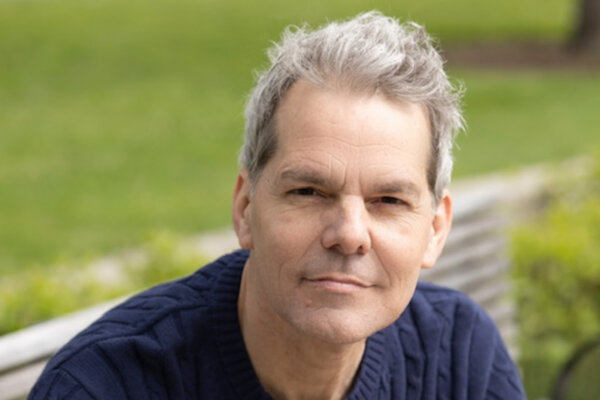Shenandoah University Welcomes Newest Students on Move-In Day
More students than ever are set to live on campus during the 2023-2024 academic year

Around 350 members of the Shenandoah University community – staff, faculty, university friends and student volunteers – turned out on Wednesday, Aug. 23, to help the university’s newest undergraduate students move into their residence halls.
When students and their families pulled up to campus housing, they were met by a small army of volunteers who swiftly unloaded cars and carried everything from clothing to small refrigerators into rooms, allowing students to situate themselves with ease.
More students than ever have decided to live on campus this year, with more than 1,200 active housing assignments, which exceeds last year, when the university set an on-campus housing record.
While student numbers will not be finalized until the university’s fall census in October, around 700 new undergraduate students are set to join Shenandoah this fall (first-year and transfer combined). Some students (athletes, student leaders, marching band members, resident assistants and others with a variety of campus responsibilities), including first-years and transfers, arrived early during the weeks leading up to Move-In Day, and received volunteer assistance as well.
The university also expects almost 700 new graduate students (including students who began their studies this summer) and a total student population of approximately 4,000. This year’s new student numbers for undergraduates and graduates are in line with the university’s enrollment expectations at this time last year.
Class of 2027 Stats (First-Year Students)
- Students represent approximately 25 states (the largest numbers are 58% from Virginia, 15% from Maryland, and 9% from Pennsylvania)
- Of those who disclosed their racial/ethnic background, approximately 25% identified as Black, Indigenous or a Person of Color (BIPOC).
- The average high school GPA of the incoming first-year class is 3.7.
New transfer student stats
- There are 13 states represented by new transfer students (79% from Virginia, 7% from Maryland, and 4% from West Virginia)
- Of those who disclosed their racial/ethnic background, approximately 31% identified as Black, Indigenous or a Person of Color (BIPOC).





